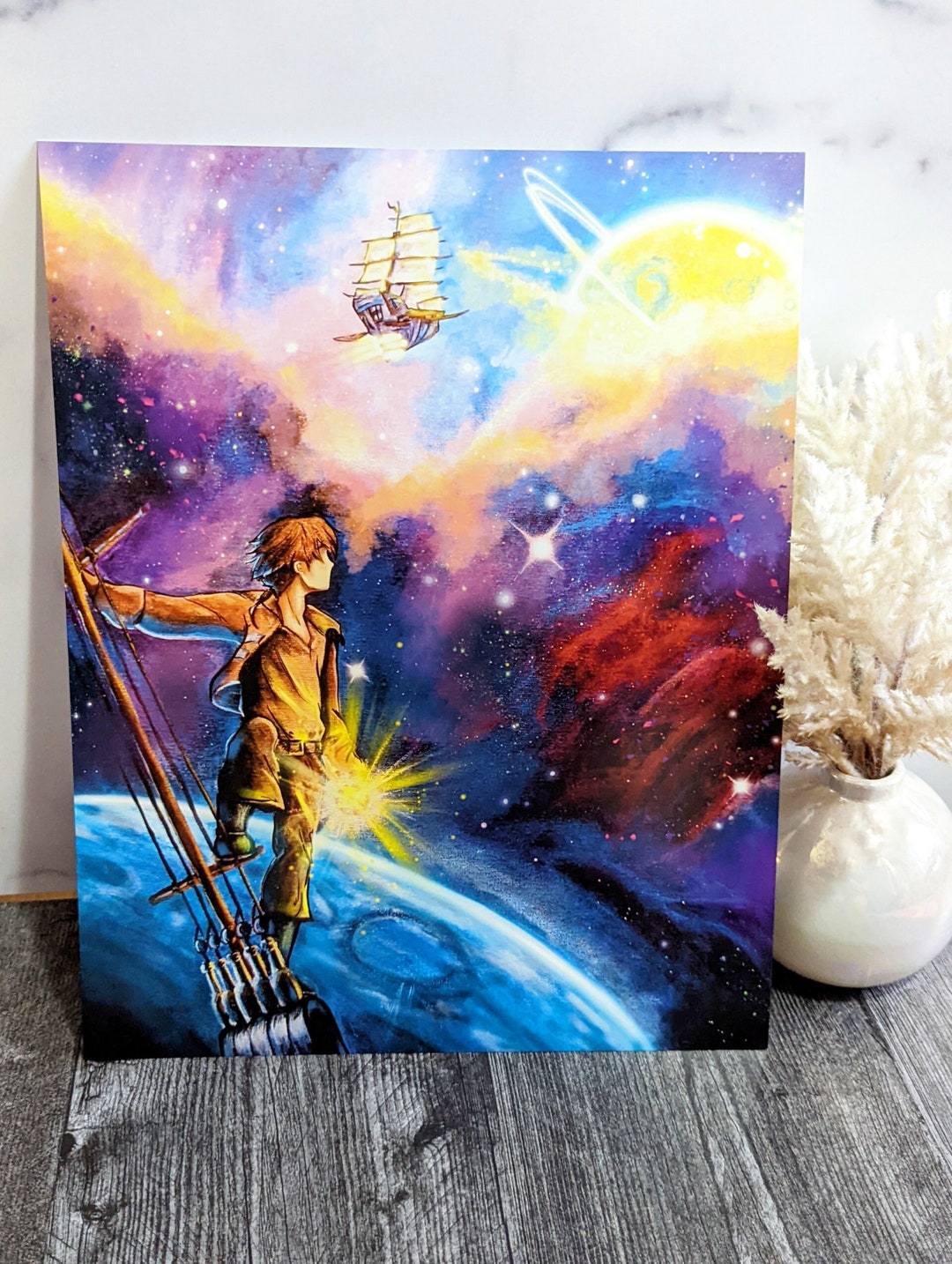Suriname, a small country nestled in the heart of South America, is often overlooked as a tourist destination. However, hidden within its vibrant rainforests and along its winding rivers lies a true gem: the indigenous art of Suriname. With intricate designs and rich cultural symbolism, this art form tells the stories of the Surinamese people, their history, and their deep connection to the land. From beautifully handcrafted jewelry to stunningly detailed paintings, the indigenous art of Suriname is a treasure waiting to be discovered by those who seek a glimpse into the country’s rich heritage.
1. History of Indigenous Art in Suriname
1.1 Pre-Colonial Era
The history of indigenous art in Suriname dates back thousands of years to the pre-colonial era. During this time, the indigenous peoples of Suriname, including the Arawak, Carib, and Warao tribes, created intricate art forms that reflected their deep connection with nature and their spiritual beliefs. These art forms included petroglyphs, woodcarving, textiles, pottery, beadwork, and body painting. Indigenous art was not only a form of creative expression but also played a significant role in daily life, storytelling, and cultural traditions.
1.2 Colonial Period
The arrival of European colonizers in Suriname in the 17th century had a profound impact on indigenous art. As the indigenous peoples’ territories were gradually taken over by the Dutch, their traditional art forms faced marginalization and suppression. The colonizers imposed their own cultural norms and often discouraged indigenous artistic practices. Many of the indigenous peoples were forced into labor, leaving little time or opportunity for artistic expression. Despite these challenges, some indigenous artists managed to preserve their art forms in secret or adapt them to incorporate aspects of European styles and techniques.
1.3 Post-Independence
Suriname gained independence from the Netherlands in 1975, marking a new era for indigenous art in the country. With the recognition and celebration of Suriname’s cultural diversity, indigenous art experienced a resurgence. Indigenous artists were once again able to freely express their creativity and reconnect with their cultural heritage. This period saw a renewed interest in traditional art forms and a growing appreciation for the unique contributions of indigenous artists to the nation’s cultural landscape.
2. Traditional Indigenous Art Forms
2.1 Petroglyphs
Petroglyphs, also known as rock art, are one of the oldest forms of indigenous art in Suriname. These ancient engravings and carvings can be found on rocky surfaces throughout the country’s interior regions. Petroglyphs often depict animals, humans, and geometric shapes, each carrying symbolic meanings and representing important aspects of indigenous culture. These rock art sites serve as valuable archaeological and historical records, shedding light on the traditions, beliefs, and daily life of Suriname’s indigenous peoples.
2.2 Woodcarving
Woodcarving holds a special place in indigenous art in Suriname. Skilled indigenous artisans use various types of wood, such as mahogany and purpleheart, to create intricate sculptures, masks, and utensils. Woodcarving techniques have been passed down through generations, with each artistic piece telling its own story. The designs often feature representations of animals, mythical creatures, and ancestral spirits, emphasizing the strong spiritual connection between the indigenous peoples and nature.
2.3 Textiles
Textiles play a significant role in indigenous art in Suriname, particularly among the Arawak and Carib tribes. Indigenous women excel in the art of weaving, using natural fibers such as cotton and plant fibers to create colorful and intricate patterns. Traditional weaving techniques produce fabrics that are used for garments, hammocks, and ceremonial attire. The textiles often feature geometric shapes, animal motifs, and symbols that hold cultural and spiritual meaning. Through the skillful craftsmanship of textiles, indigenous artists honor their heritage and preserve the art forms for future generations.
2.4 Pottery
Pottery-making has been an integral part of indigenous culture in Suriname for centuries. Indigenous pottery is traditionally hand-built and fired using open fires or kilns. The designs on the pottery are created using techniques such as incising, impressing, and painting with natural pigments. These pottery pieces, often adorned with intricate patterns and representations of animals or humans, serve both decorative and utilitarian purposes. They are used for storing food, water, and other essential items, as well as for ceremonial rituals and cultural celebrations.
2.5 Beadwork
Beadwork is another important art form in indigenous culture in Suriname. Indigenous artisans skillfully craft intricate beadwork using a range of materials, including glass beads, seeds, shells, and natural fibers. These beads are meticulously arranged to create stunning patterns and designs that hold significant cultural and spiritual meanings. Indigenous beadwork is often incorporated into clothing, jewelry, and decorative items, allowing the artists to express their creativity and preserve their traditional artistic heritage.
2.6 Body Painting
Body painting is a traditional indigenous art form that continues to thrive in Suriname. Indigenous communities use natural pigments, such as clay, plant extracts, and charcoal, to create intricate designs on the body. Body painting serves various purposes, including cultural rituals, celebrations, and spiritual ceremonies. The designs often depict animals, mythical creatures, and symbols representing elements of nature or ancestral spirits. Indigenous body painting remains a vibrant and important aspect of cultural identity and artistic expression in Suriname.
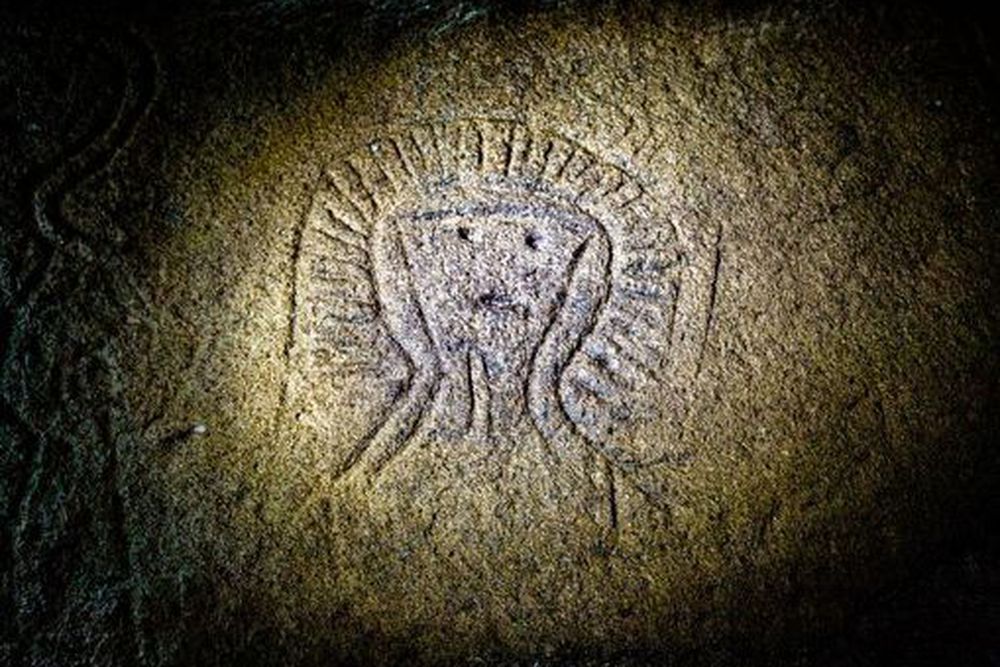
3. Significance of Indigenous Art in Suriname
3.1 Cultural Identity
Indigenous art plays a fundamental role in preserving and expressing the cultural identity of Suriname’s indigenous peoples. Through art forms such as petroglyphs, woodcarving, textiles, pottery, beadwork, and body painting, indigenous artists convey their connection to their ancestral traditions, spiritual beliefs, and natural surroundings. The vibrant colors, unique patterns, and symbolic representations found in indigenous art serve as a visual language that communicates the rich cultural heritage of indigenous communities in Suriname.
3.2 Visual Representation
Indigenous art serves as a powerful visual representation of Suriname’s diverse indigenous cultures. It provides a unique lens through which both locals and visitors can gain insight into the traditions, customs, and values of the indigenous peoples. Each art form carries specific meanings and stories, enabling viewers to develop a deeper understanding and appreciation of the indigenous cultures that have shaped the country’s identity.
3.3 Historical Documentation
Indigenous art acts as an important historical document, preserving the indigenous peoples’ past and their contributions to Suriname’s history. Petroglyphs, for example, offer valuable insights into the way of life of the indigenous peoples who inhabited the region long before European colonization. By studying and preserving indigenous art forms, historians and researchers can piece together a more comprehensive narrative of Suriname’s history, including the pre-colonial era, the colonial period, and the impact of independence.
3.4 Economic Contribution
Indigenous art also holds economic significance for Suriname. The unique and authentic nature of indigenous art forms attract tourists and collectors from around the world, generating income and opportunities for indigenous artisans and their communities. By selling their artworks, indigenous artists can support their families, invest in education and healthcare, and strengthen the local economy. Furthermore, the promotion and sale of indigenous art help raise awareness about the cultural richness of Suriname and contribute to sustainable tourism development.
4. Indigenous Art and Cultural Preservation
4.1 Threats to Cultural Preservation
Despite the importance of indigenous art in cultural preservation, various threats pose challenges to its continuity. Globalization, urbanization, and changing lifestyles have led to the erosion of indigenous traditions and the loss of indigenous languages and customs. Moreover, the lack of awareness and appreciation for indigenous art among younger generations has resulted in a decline in the transmission of traditional artistic techniques and knowledge. These factors jeopardize the preservation of indigenous art and the overall cultural heritage of Suriname’s indigenous peoples.
4.2 Indigenous Art as a Preservation Tool
Indigenous art serves as a vital tool for cultural preservation by providing a tangible link to traditional practices and values. Artists passionately express their cultural identity and knowledge through their creations, passing on ancestral wisdom to future generations. By actively engaging in the creation and promotion of indigenous art, indigenous communities ensure the continuity of their cultural traditions and foster a sense of pride and appreciation among their members.
4.3 Role of Indigenous Communities
Indigenous communities play a crucial role in preserving and promoting their art forms. They actively participate in cultural events, festivals, and workshops, where traditional art practices are shared and celebrated. The passing down of artistic skills, techniques, and knowledge from elders to younger individuals within the community ensures the continuous evolution and adaptation of indigenous art. By empowering indigenous artists and supporting their endeavors, communities contribute to the preservation and revitalization of their cultural heritage.
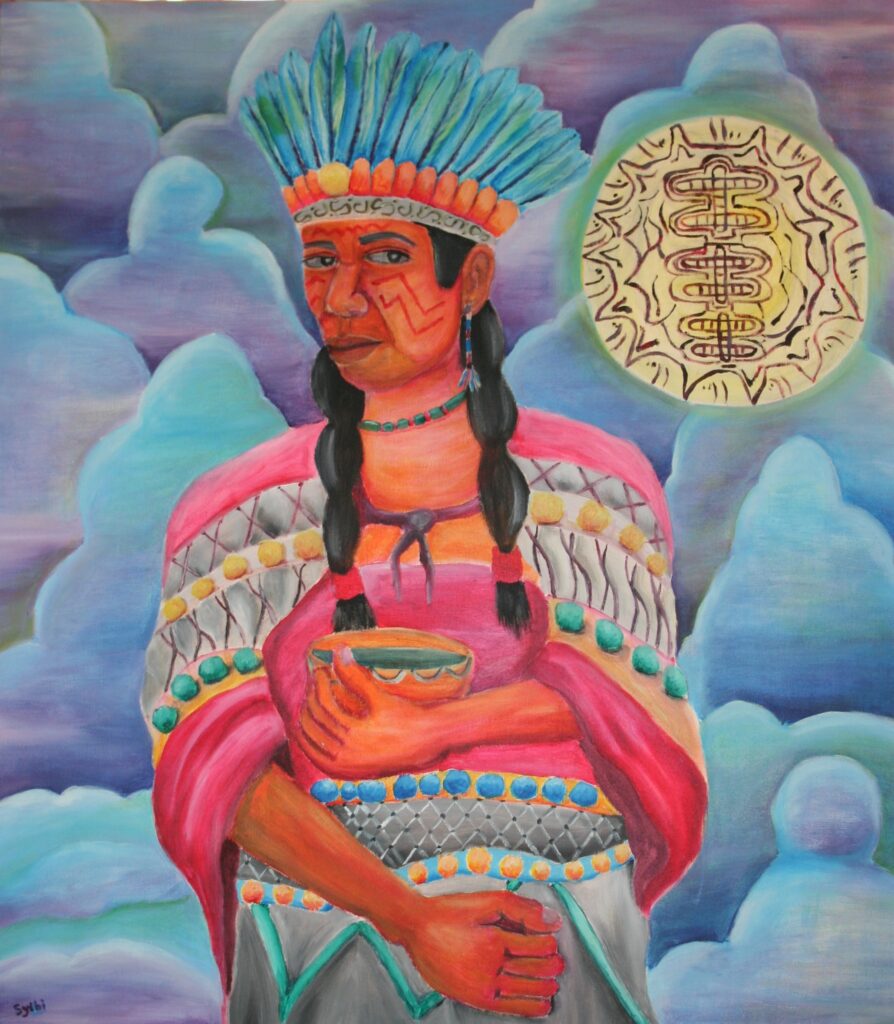
5. Indigenous Art as a Tourist Attraction
5.1 Inclusive Cultural Tourism
Indigenous art has become an increasingly popular attraction for tourists visiting Suriname. Travelers seek authentic cultural experiences and are drawn to the richness and uniqueness of indigenous art forms. Inclusive cultural tourism initiatives aim to create sustainable and respectful opportunities for tourists to engage with indigenous communities and their art. These initiatives foster mutual respect, cultural exchange, and economic benefits for both tourists and indigenous artists.
5.2 Community-based Tourism Initiatives
Community-based tourism initiatives in Suriname provide opportunities for indigenous communities to showcase their art and culture while preserving their traditional way of life. Tourists can immerse themselves in the indigenous way of life by visiting villages, participating in traditional ceremonies, and learning traditional artistic techniques. By directly interacting with indigenous artists, tourists gain a deeper understanding and appreciation for the art forms, fostering cross-cultural understanding and supporting the economic well-being of indigenous communities.
5.3 Impact on Local Economy
Indigenous art tourism has a significant impact on the local economy of Suriname. Revenue generated from the sale of indigenous art supports the livelihoods of indigenous artisans and their communities. Additionally, the increase in tourist visitation and the demand for unique cultural experiences contribute to job creation in the tourism sector. The economic benefits derived from indigenous art tourism can help improve infrastructure, education, healthcare, and overall quality of life for indigenous communities.
6. Contemporary Indigenous Art Movements
6.1 Influence of Global Art Trends
Contemporary indigenous art movements in Suriname are influenced by global art trends. Indigenous artists are increasingly exploring new techniques, materials, and concepts, blending traditional indigenous art forms with modern artistic expressions. This fusion of traditional and contemporary art allows indigenous artists to engage with a wider audience, challenge existing perceptions of indigenous art, and adapt their artistic practices to a rapidly changing world.
6.2 Adaptation and Innovation
Indigenous artists in Suriname embrace adaptation and innovation while retaining the essence of their cultural heritage. They experiment with new materials, such as recycled materials or unconventional mediums, to create thought-provoking artworks that reflect their experiences as indigenous individuals in a globalized society. These innovative approaches to indigenous art ensure its relevance and resonance with contemporary audiences while preserving the authenticity and cultural significance of the art forms.
6.3 Indigenous Art in Modern Galleries
Indigenous art is gradually gaining recognition and representation in modern galleries and exhibition spaces in Suriname. This increased visibility provides a platform for indigenous artists to share their narratives, challenge stereotypes, and contribute to contemporary art discourses. Modern galleries not only showcase indigenous art but also foster dialogue and appreciation for the cultural diversity of Suriname among both local and international art enthusiasts.
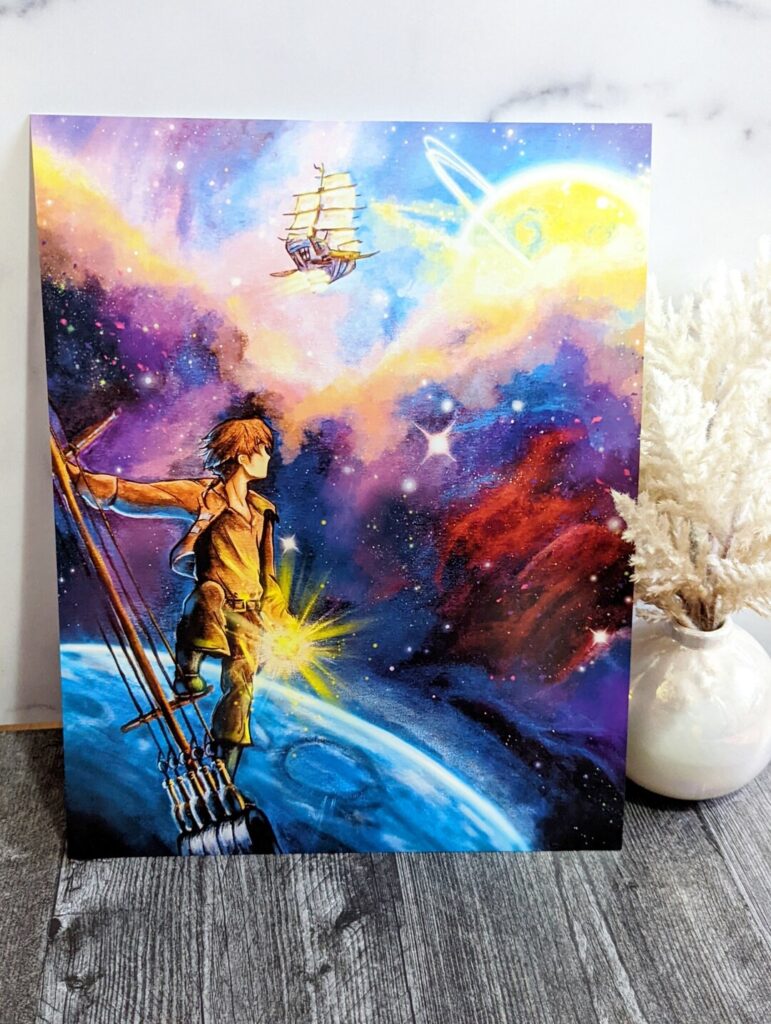
7. Indigenous Artists of Suriname
7.1 Prominent Indigenous Artists
Suriname is home to a diverse community of talented indigenous artists who have made significant contributions to the country’s artistic landscape. Some notable indigenous artists in Suriname include Stanley Pansa, Marcel Pinas, René Tosari, and Quintus Jan Telting. These artists have gained recognition both locally and internationally for their exceptional skill, creative vision, and dedication to preserving indigenous art forms. Their works reflect a deep connection to their cultural roots and serve as powerful representations of Suriname’s indigenous cultures.
7.2 Artistic Techniques and Styles
Indigenous artists in Suriname employ a wide range of artistic techniques and styles to convey their messages and express their cultural identities. From the intricate woodcarving techniques of the Maroon communities to the vibrant color palettes of Arawak textile artists, each art form showcases unique techniques that have been passed down through generations. Indigenous artists adeptly combine traditional and contemporary styles to create visually striking artworks that captivate viewers and promote cross-cultural understanding.
7.3 Artistic Inspiration and Themes
Suriname’s indigenous artists draw inspiration from various sources, including their immediate surroundings, ancestral legends, spirituality, and contemporary social issues. Environmental conservation and the preservation of traditional knowledge are frequent themes explored in indigenous art. Artists use their works to advocate for indigenous rights, promote cultural preservation, and raise awareness about the challenges faced by indigenous communities. Through their artistic expressions, these indigenous artists become cultural ambassadors, promoting understanding and appreciation for Suriname’s indigenous cultures.
8. Efforts in Promoting and Preserving Indigenous Art
8.1 Government Support and Initiatives
The Surinamese government has recognized the importance of promoting and preserving indigenous art and has initiated several programs and policies to support indigenous artists and their communities. The government provides funding for cultural events, promotes indigenous art in national and international exhibitions, and encourages the inclusion of indigenous art in educational curricula. By supporting these initiatives, the government aims to preserve the cultural heritage of indigenous peoples and ensure the continuity of their art forms.
8.2 Non-Profit Organizations and NGOs
Non-profit organizations and NGOs play a vital role in promoting and preserving indigenous art in Suriname. These organizations collaborate with indigenous communities, providing training, resources, and opportunities for artistic development. They organize workshops, exhibitions, and cultural festivals that showcase indigenous art and allow indigenous artists to share their skills and knowledge with the wider community. Additionally, these organizations advocate for the rights and recognition of indigenous artists, helping to create a more inclusive and supportive environment for their artistic practices.
8.3 Collaboration with International Art Institutions
Collaboration with international art institutions has proven instrumental in promoting indigenous art from Suriname on a global scale. Indigenous artists have had the opportunity to exhibit their works in international galleries and museums, participate in artist residencies, and engage in cultural exchange programs. These collaborations not only enhance the visibility and recognition of indigenous artists but also foster dialogue and understanding between different cultures. International partnerships contribute to the diversity of artistic expressions and enable indigenous artists to connect with broader audiences.
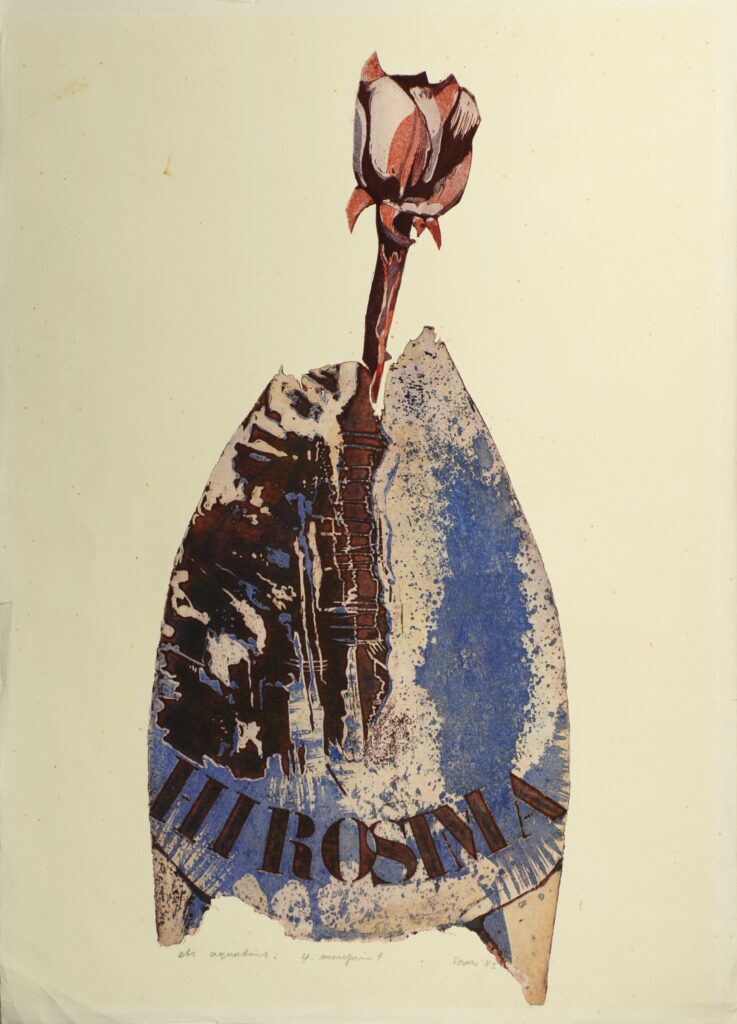
9. Challenges and Opportunities for Indigenous Art in Suriname
9.1 Accessibility and Exposure
Although indigenous art in Suriname has gained recognition, challenges persist regarding accessibility and exposure. Many indigenous communities are located in remote areas, limiting the visibility of their art forms to a wider audience. Lack of infrastructure, transportation, and marketing platforms hinders the dissemination of indigenous art beyond local markets and regional exhibitions. Addressing these challenges through improved access, communication, and outreach efforts would allow indigenous artists to reach a broader national and international audience.
9.2 Balancing Preservation and Commercialization
A delicate balance must be struck between preserving indigenous art as a cultural heritage and commercializing it for economic gain. Indigenous artists and communities face the challenge of ensuring the authenticity and integrity of their art forms while meeting the demands of a growing art market. It is essential to promote ethical and sustainable practices that prioritize cultural preservation, fair trade, and informed consumer choices. Collaboration between indigenous artists, cultural organizations, and policymakers can help strike this balance, ensuring the long-term viability of indigenous art in Suriname.
9.3 Cultural Appropriation
Cultural appropriation poses a significant challenge to indigenous art in Suriname. The unauthorized use of indigenous cultural forms, symbols, and motifs without proper understanding or respect can diminish the significance and context of the art. Indigenous artists and communities must navigate issues of cultural appropriation while sharing their art forms with a diverse audience. Building awareness, promoting cultural sensitivity, and fostering dialogue on this topic are essential to protect and respect the authenticity and integrity of indigenous art in Suriname.
10. Conclusion
10.1 Appreciating the Indigenous Art of Suriname
The indigenous art of Suriname stands as a testament to the rich cultural heritage, creative prowess, and spiritual connection of the indigenous peoples. From petroglyphs etched on rocky surfaces to intricate beadwork and woodcarvings, each art form tells a story of resilience, identity, and tradition. Through these art forms, indigenous artists contribute to the preservation of their cultural heritage, raise awareness about the challenges they face, and foster cross-cultural understanding and appreciation.
10.2 Importance of Cultural Preservation
Preserving indigenous art is vital not only for the indigenous communities of Suriname but also for the nation as a whole. Indigenous art represents the diverse tapestry of Suriname’s cultural identity and serves as a source of inspiration, knowledge, and creative expression. By supporting indigenous artists and their art forms, Suriname can embrace and celebrate its cultural diversity, promote sustainable tourism, and ensure the continued flourishing of indigenous art for future generations.

